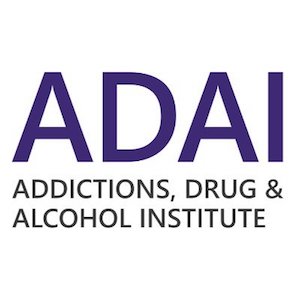The University of Washington Addictions, Drug, and Alcohol Institute (UW ADAI), formerly the Alcohol & Drug Abuse Institute, is a multidisciplinary research institute at the University of Washington. UW established ADAI in October 1973 as a research institute for alcohol and drug use research at the university and in the northwest region. Grants and contracts from federal and state agencies and private foundations provide the majority of the Institute’s funding, which includes appropriations from the State’s Dedicated Cannabis Account.
Agenda
- Introductions: Jim Vollendroff, WSLCB Board Member
- Moderator: Marina Epstein, UW
- Wayne Hall, University of Queensland, Australia
- "Do Cannabis Users Reduce THC Doses When Using More Potent Cannabis Products?"
- Gillian Schauer, UW Researcher and CANNRA Executive Director
- "Regulatory Considerations and Challenges for Cannabis Products with High THC Concentration"
- Denise Walker, UW
- "Risk of High Concentration THC for Young Adults with Psychosis: Cannabis Intervention Implications"
- Beatriz Carlini, UW
- "How to Address High THC Cannabis Products’ Risks and Harms: Perspectives of Washington Stakeholders"
